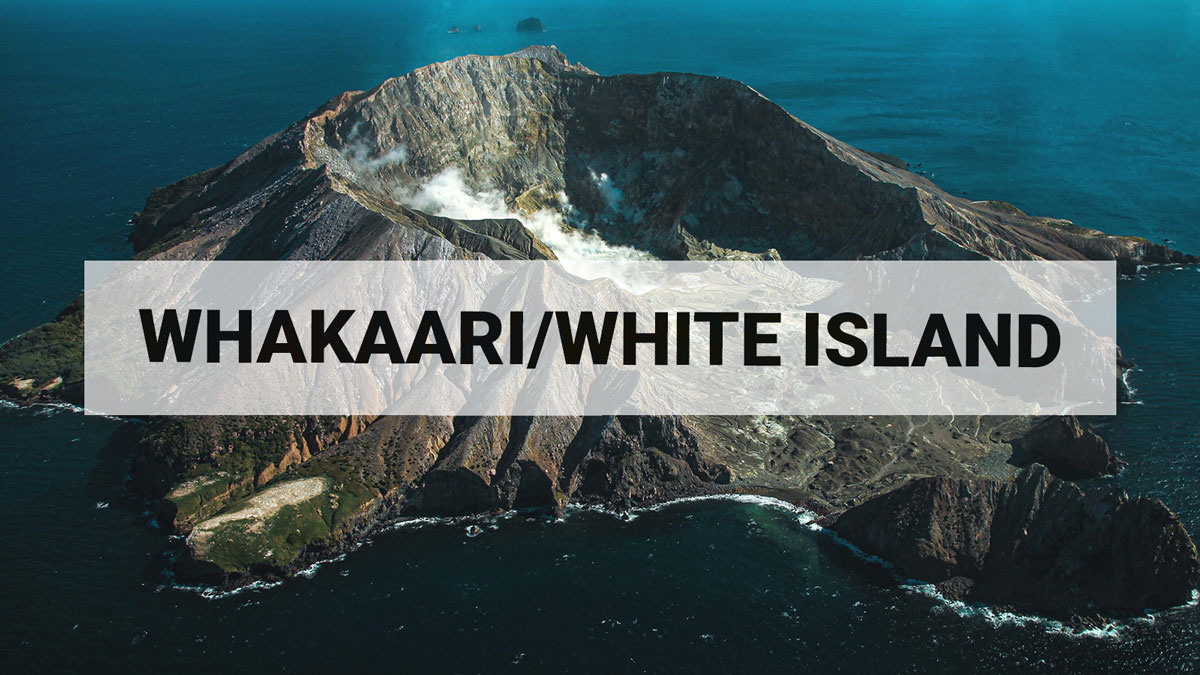
Minor volcanic unrest continues at Whakaari/White Island
Despite a short-lived burst of activity on 29 April, volcanic activity at Whakaari/White Island remains at low levels. The Volcanic Alert Level remains at 1.
The brief period of low-energy tremor and acoustic signals was recorded on 29 April at around 2230 NZST as a sequence of small volcanic earthquakes, leading to volcanic tremor. During the period of volcanic tremor impulsive acoustic signals were recorded and this lasted for several hours.
An observation flight on 30 April confirmed there was no ejected material from this seismic activity – unlike in previous episodes when ejected material was seen within metres from the active vent. No observations of changes were seen on the island’s webcams.
This episode is likely caused by a series of low-energy subterranean explosions. Similar periods of activity were observed in mid-February and early-mid March, returning to typical low levels shortly afterwards.
Gas and observation flights have confirmed the amount of gas been released from the volcano is unchanged since March. The volcano continues to produce a moderate gas and steam plume, and this will cause weak acid rain downwind.
The thermal infrared measurements also confirm the temperatures of the active vents are not changing significantly. The level of seismic tremor remains at background levels. These observations and the observed minor activity are consistent with the ongoing activity. The Volcanic Alert Level remains at 1 and the Aviation Colour Code remains at Green.
The Volcanic Alert Level reflects the current level of volcanic unrest or activity and is not a forecast of future activity. While Volcanic Alert Level 1 is mostly associated with environmental hazards (including discharge of steam and hot volcanic gases, earthquakes, landslides and hydrothermal activity) eruptions can still occur with little or no warning. The main plausible triggers for a sudden eruption are the collapse of unstable material in an active vent and the possible ingress of water underground onto the shallow magma body.
Further information about the volcanic alert levels and what they mean can be found here.
GNS Science and the National Geohazards Monitoring Centre continue to monitor Whakaari for further changes in unrest. GeoNet monitors Whakaari via a network of seismic and acoustic sensors, GNSS (GPS) receivers, cameras, and gas and visual observations. We are currently experiencing gaps in web camera imagery due to reduced capacity in batteries powering the sites.
Brad Scott Duty Volcanologist Media Contact: 021 574 541 or media@gns.cri.nz